Improving ER Communication!
Help Your Nurses Stay Ahead of Patient Arrivals
Optimize patient flow and eliminate manual calls with Qanty.
Emergency rooms are incredibly demanding. Every minute counts, but many ERs still rely on calls or radios to notify nurses of a patient’s arrival. That’s where Qanty, an intelligent Queue Management System (QMS), comes in. We connect the front desk to the triage and treatment staff in real time, ensuring nurses are instantly informed to improve response times and efficiency.
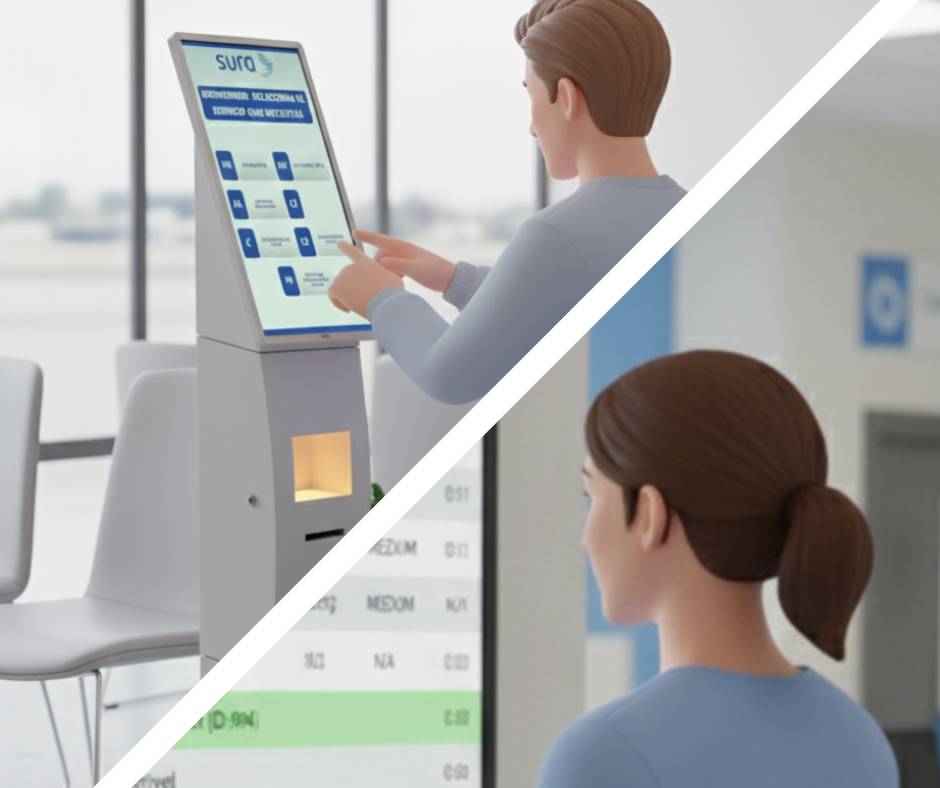
When a patient checks in at the ER front desk or kiosk, Qanty automatically updates a centralized dashboard accessible to all staff. Nurses in triage or treatment areas can see:
This eliminates the need for manual calls or repeated updates, giving nurses instant awareness of who’s waiting and how long they’ve been there.
With live updates, the triage team can act faster. Qanty’s system allows hospitals to define priority tags or alerts. If a patient reports chest pain or another critical symptom during check-in, the system automatically flags it to nurses.
This proactive alerting helps ensure that no critical case goes unnoticed, even during high-traffic hours.
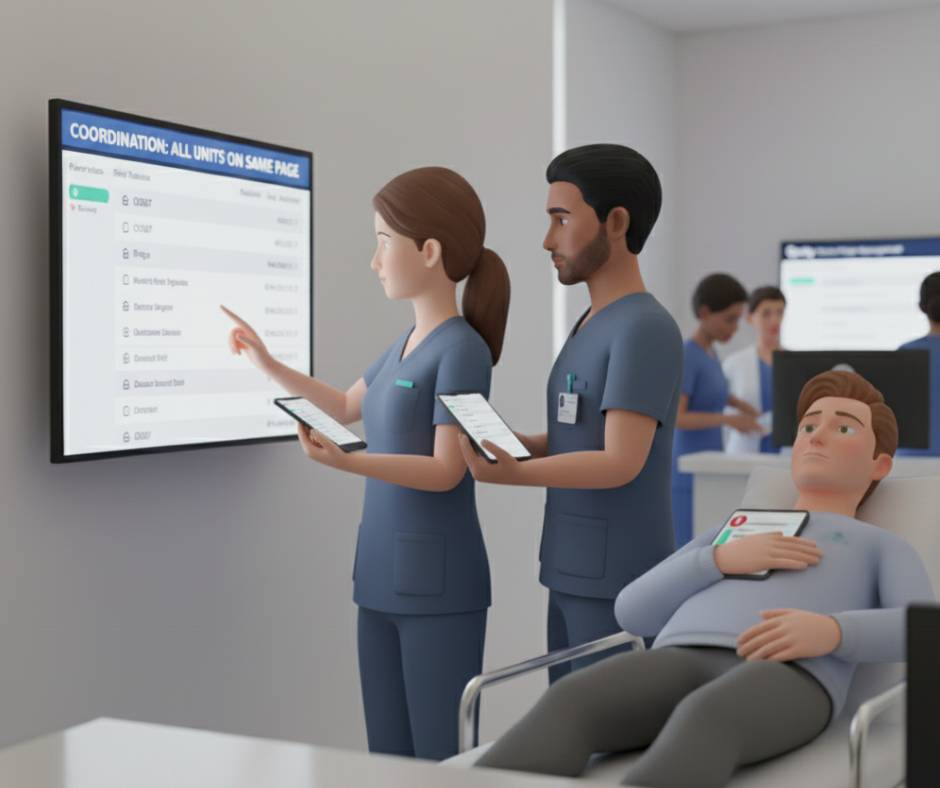
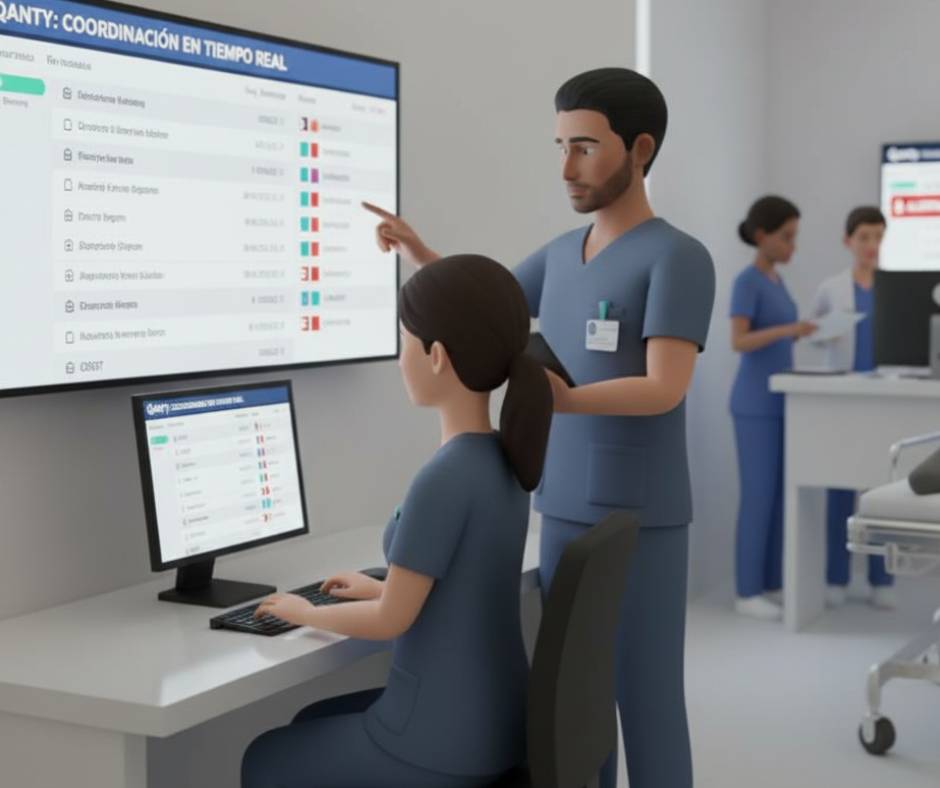
In busy ERs, communication breakdowns are common. Qanty bridges this gap by enabling seamless coordination between departments. Everyone—from registration staff to triage nurses—works off the same data in real time.
Notifications can also be configured to appear on monitors, tablets, or mobile devices, ensuring that the right person sees the update immediately, no matter where they are in the unit.
Long waiting times are one of the main sources of frustration in ERs. With Qanty, hospitals can display estimated waiting times or status updates on patient-facing screens, improving transparency and reducing anxiety.
When patients feel the process is organized and that staff are aware of their arrival, overall satisfaction increases significantly.
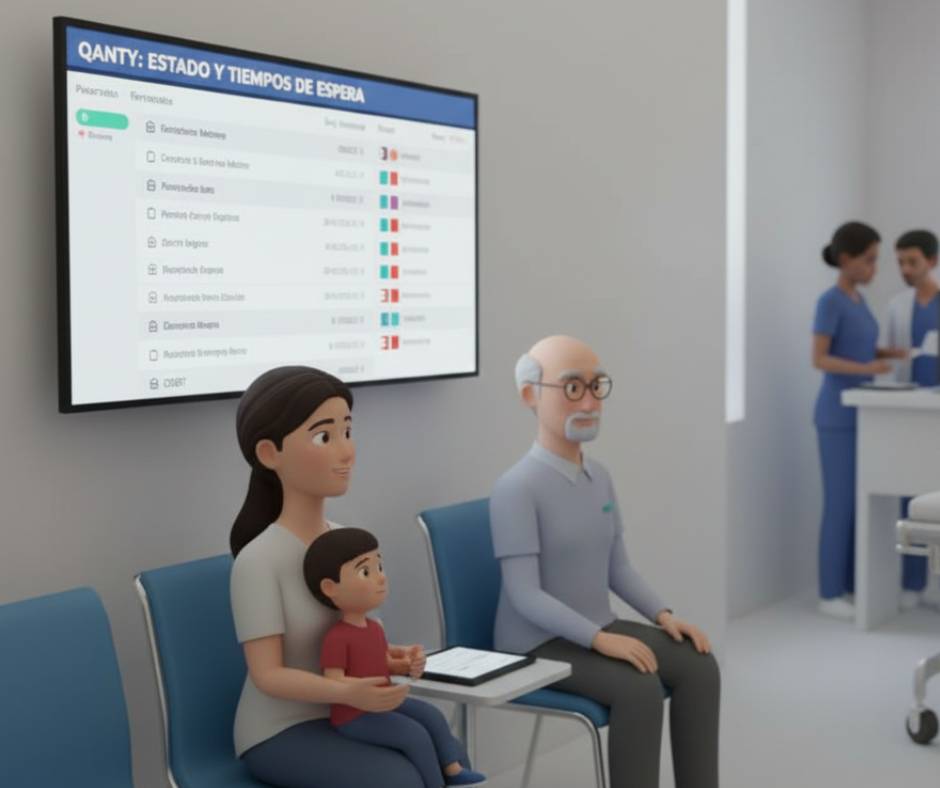
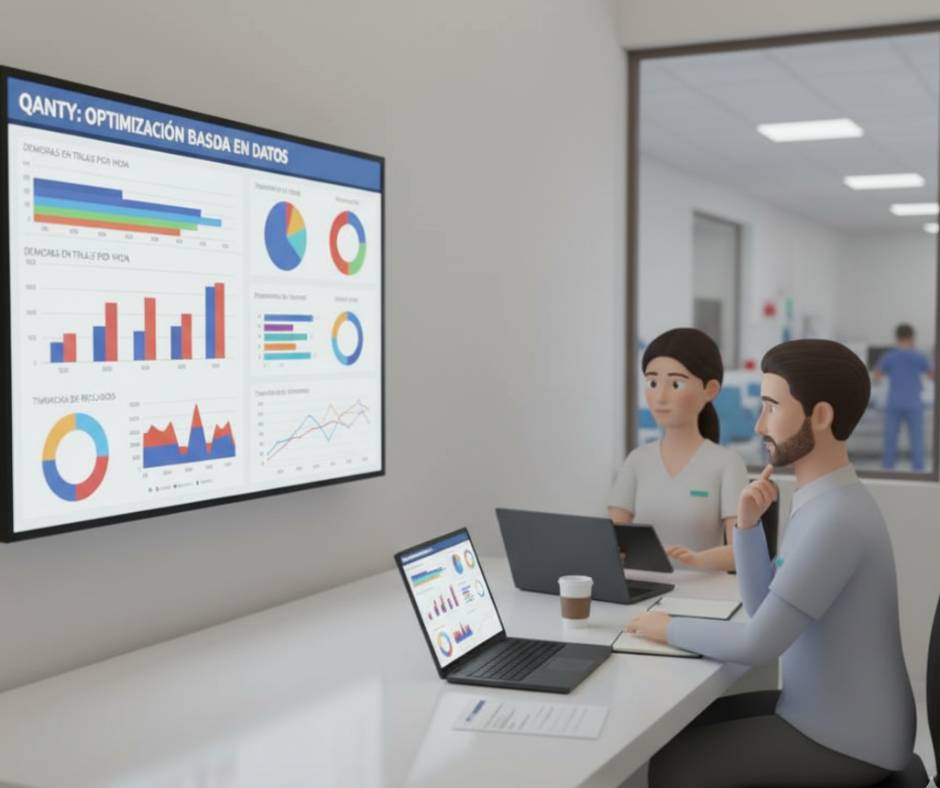
Every check-in, wait time, and service duration is recorded in Qanty’s analytics system. This provides valuable insights for hospital administrators to identify bottlenecks, measure staff response times, and optimize resource allocation.
For instance, data might reveal that certain hours of the day consistently have longer triage delays — helping managers adjust staffing accordingly.
Qanty can integrate with existing hospital systems (EHRs, patient management tools, or internal alert systems), reducing the learning curve for staff.
Its modular design allows ERs to start with basic check-in and alert functions and later expand to include full workflow automation, kiosks, or patient communication tools.
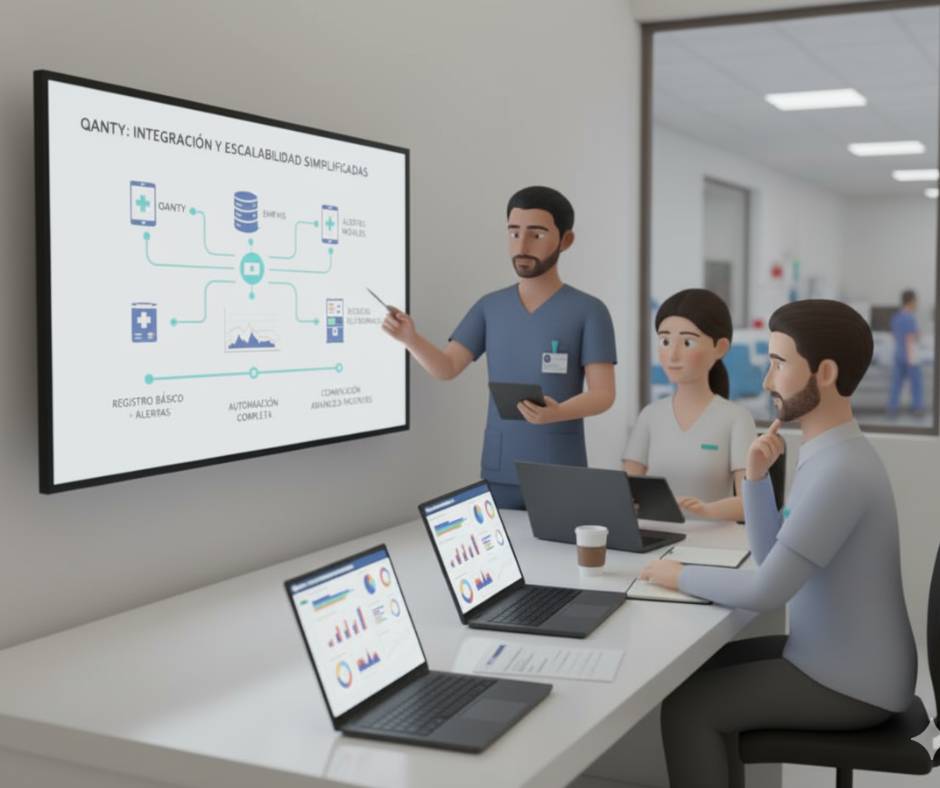
Did you know?
In busy emergency rooms, communication breakdowns are a leading cause of treatment delays and patient dissatisfaction. A real-time notification system closes this gap, instantly connecting the front desk with the triage team.
Qanty uses a centralized dashboard that updates in real time. These notifications can be displayed on large monitors in nursing stations, as well as on staff tablets or mobile devices, ensuring they see the alert no matter where they are.
The system allows hospitals to configure “priority tags” or automatic alerts. If a patient checks in with critical symptoms (like chest pain), the system automatically flags them with high priority on the dashboard, ensuring the triage team identifies them immediately.
No. Qanty is designed to integrate with your existing systems, including EHRs and other patient management tools. It acts as a communication and workflow bridge that enhances the systems you already use, without replacing them.
Qanty records every step of the process. You can analyze key metrics like total wait times, triage duration, staff response times by hour, peak traffic, and bottlenecks. This allows administrators to make data-driven decisions to optimize staffing and workflows.
Discover how Qanty’s management system can eliminate communication gaps, reduce wait times, and empower your nursing team to focus on delivering quality care.